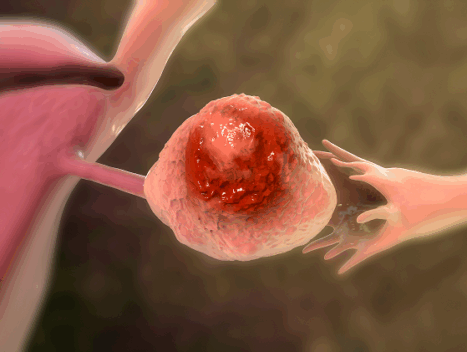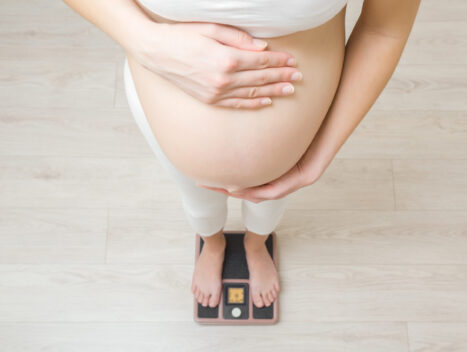
Ovulation Induction
Ovulation induction is a treatment method used to stimulate and regulate ovulation in women who experience irregular or absent ovulation. It is especially preferred in cases of hormonal imbalances such as polycystic ovary syndrome (PCOS) or unexplained infertility. This treatment is applied to increase the chances of natural pregnancy and to support the preparation process for assisted reproductive techniques such as in vitro fertilization (IVF).
The treatment process begins with a detailed gynecological evaluation of the patient. Ovarian reserve, hormone levels, and uterine health are assessed. Then, a medication regimen is planned according to the patient’s specific needs. In ovulation induction, medications such as clomiphene citrate, letrozole (taken orally), or gonadotropin-containing injections are commonly used. These medications stimulate the ovaries and support the development of a healthy egg.
Regular ultrasound monitoring is performed throughout the treatment process. The growth and maturation of the eggs are monitored, and at the most appropriate time, intercourse is recommended or an intrauterine insemination (IUI) procedure is planned. When necessary, an hCG injection—commonly known as a trigger shot—is administered to control the timing of ovulation.
Thus, ovulation induction serves as an effective first-line treatment for infertility cases caused by ovulation problems, significantly increasing the chances of pregnancy.
Frequently Asked Questions
What is ovulation induction?
It is a drug treatment used to regulate ovulation and increase the chance of pregnancy in women who have ovulation problems.
Who needs ovulation induction?
It is applied to women who have menstrual irregularities, polycystic ovary syndrome (PCOS) or ovulation problems.
How is ovulation induction performed?
Hormonal medications in the form of pills or injections are used to ensure that the ovaries produce eggs regularly.
What are the chances of pregnancy with ovulation induction?
The success rate varies depending on the patient’s age, ovarian reserve and additional treatments, but is usually between 10-15%.
Latest Blogs
- Ali
- 0 Comments
Is the Glucose Tolerance Test Harmful?
Pregnancy is a time when the expectant mother experiences great changes both physically and mentally.
- Ali
- 0 Comments
Gebelerde Soğuk Algınlığı tehlikeli / anormal bir durum mudur?
Pregnancy is a time when the expectant mother experiences great changes both physically and mentally.
- Ali
- 0 Comments
Do Breastfeeding Women Have Periods?
Pregnancy is a time when the expectant mother experiences great changes both physically and mentally.
- Ali
- 0 Comments
September: OVARIAN CANCER AWARENESS MONTH
Pregnancy is a time when the expectant mother experiences great changes both physically and mentally.
- Fikriye Gedikoglu
- 0 Comments
Is Weight Gain During Pregnancy Important? What Happens If You Gain Too Little or Too Much?
Pregnancy is a time when the expectant mother experiences great changes both physically and mentally.
- Fikriye Gedikoglu
- 0 Comments
Can pregnant women swim in a pool or the sea?
During pregnancy, the summer months offer expectant mothers an opportunity for both physical relief and mental rejuvenation.
- Fikriye Gedikoglu
- 0 Comments
What are the effects of excessive heat on pregnant women? How to stay protected?
Pregnancy brings about many physical and emotional changes.
- Fikriye Gedikoglu
- 0 Comments
Is it Safe to Travel During Pregnancy? Which Periods and What Should Be Considered?
In general, traveling during pregnancy is considered safe under medical supervision and with certain precautions.
- Fikriye Gedikoglu
- 0 Comments
Dr. Ovayolu became an associate professor
Dr. Ali Ovayolu, who works in the field of Obstetrics and Gynecology and is one of Gaziantep’s popular doctors, became an Associate Professor.
- Fikriye Gedikoglu
- 0 Comments
Our main goal is to make Gaziantep, the city of industry and trade, a preferred city in health
After the medical trainings he received in Western and Eastern countries and the operations he participated in, Assoc. Prof. Dr. Ali Ovayolu, who returned to the country by assimilating them, continues to serve with the experiences he gained.










